SCMD-MORC24
Miniature Digital Relay Output Module
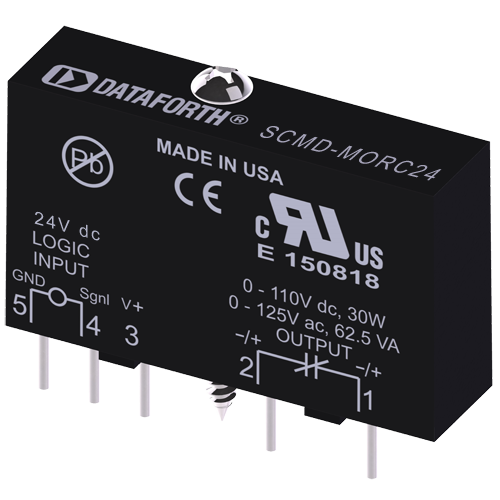
SCMD-MORC24
Miniature Digital Relay Output Module
Product Availability:
- Usually stock to 3-5 weeks. Contact Customer Service for current lead times.
SCMD-MORC24 added to cart.
Description
The SCMD digital relay output modules are used for switching AC and DC loads such as relays, solenoids, motor starters, or indicator lamps. All models provide up to 1000Vrms of optical isolation between the field device and the control logic. Functionality is denoted by case color—relay modules are brown.Six backpanels are available for mounting SCMD-M relay output modules.
Features
- UL Listed, CSA Certified, CE Compliant
- Resistive Load Only
- Max On-state Current 1A, 30WDC, 62.5VA
- Max Turn-on Time 2ms
- Max Turn-off Time 1ms
- 1000Vrms Isolation
- Plug into Backpanels for Miniature or Full-Sized Modules
- Industry Standard Pinout and Footprint
- Operating Temperature –30°C to +80°C
Block Diagram
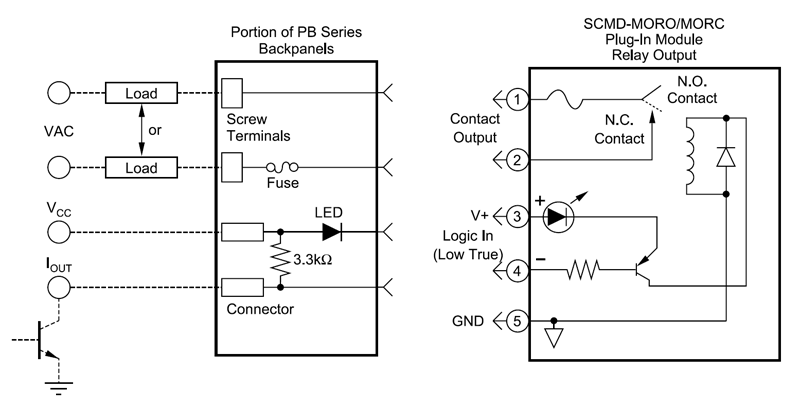
Documents
CAD Model
SCMD Module & Accessory 3-D CAD Models
SCMD Module & Accessory 3-D CAD Models
Specifications
- Type Relay Output
- Range 100/125 VDC/Vrms
- Supply Voltage 24V
- Contact Type Normally Closed
- Weight 19 grams (0.67 ounces)
Accessories
SCMD-JM8
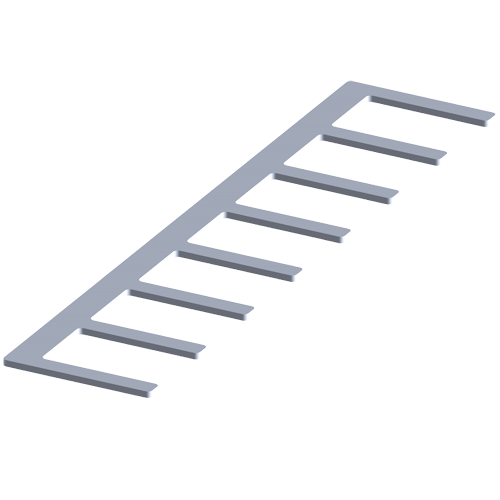
Board Jumper, Miniature
View
SCMD-PB16SM
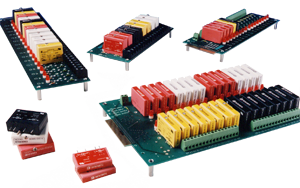
16 Channel Backpanel, Miniature
View
SCMD-PB16SMD
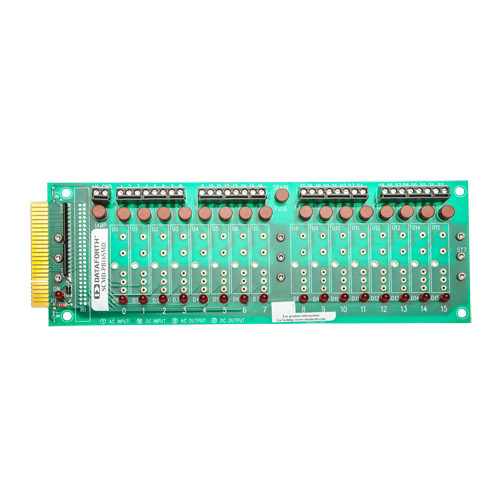
16 Ch Backpanel, Miniature, DIN Mount
View
SCMD-PB16TSM
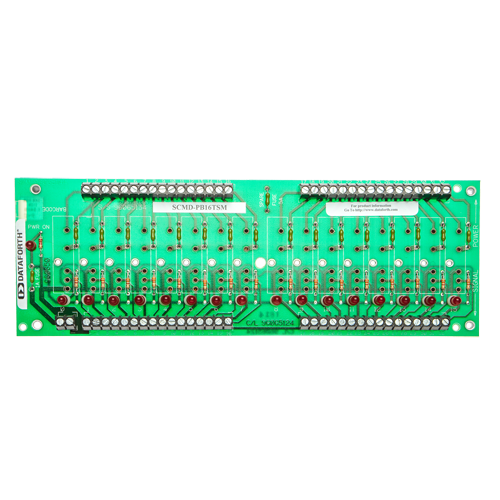
16 Ch Backpanel, Miniature with Term Block Output
View
SCMD-PB16TSMD
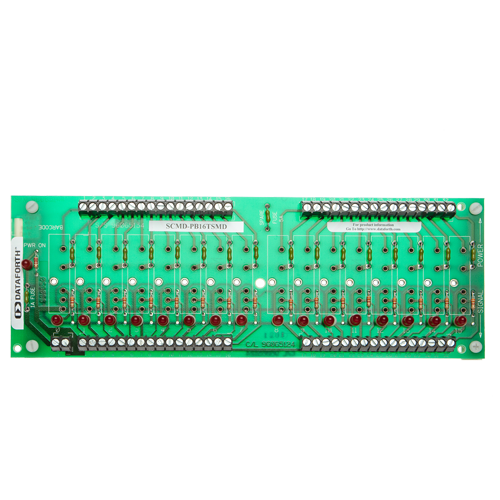
16 Ch Backpanel, Miniature with Term Block Output, DIN Mount
View
SCMD-PB24SM

24 Channel Backpanel, Miniature
View
SCMD-PB24SMD
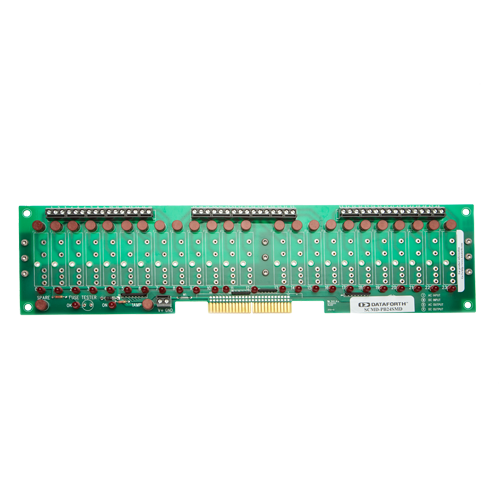
24 Ch Backpanel, Miniature, DIN Mount
View
SCMD-PB4
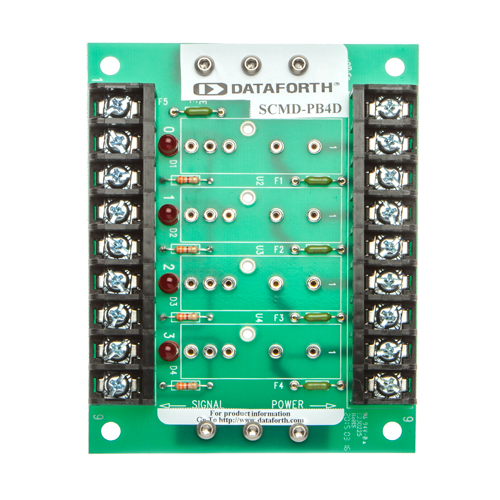
4-Ch Backpanel, Full Size & Miniature
View
SCMD-PB4D

4-Ch Backpanel, Full Size & Miniature, DIN Rail Mount
View
SCMD-PB8SM

8 Channel Backpanel, Miniature
View
SCMD-PB8SMD
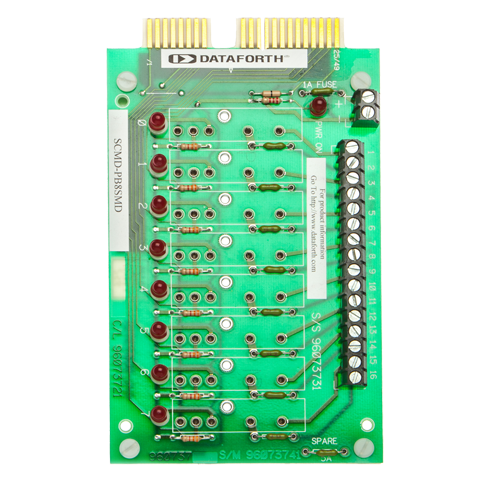
8 Ch Backpanel, Miniature, DIN Mount
View
Competitive Cross-Reference
- No cross reference is available.
The information available through this competitive cross reference guide are based upon product catalog information obtained from a variety of sources. The competitive cross reference information is being provided to you free of charge for your use. While Dataforth Corp has used reasonable efforts to ensure data accuracy, Dataforth Corp does not guarantee that it is error-free, nor does Dataforth Corp make any other representation, warranty or guarantee that the information is accurate, correct, reliable or up-to-date. Dataforth Corp expressly disclaims all implied warranties regarding this information, including but not limited to any implied warranties of merchantability or fitness for a particular purpose.
This information is provided only as a convenience on an "as is" basis and Dataforth Corp. or its representatives or distributors are not responsible for any incorrect, inaccurate, or incomplete information. You are solely responsible for (1) selecting the appropriate Dataforth products for your application, (2) designing, validating and testing your application, and (3) ensuring your application meets applicable standards, and any other safety, security, or other requirements.
This information is provided only as a convenience on an "as is" basis and Dataforth Corp. or its representatives or distributors are not responsible for any incorrect, inaccurate, or incomplete information. You are solely responsible for (1) selecting the appropriate Dataforth products for your application, (2) designing, validating and testing your application, and (3) ensuring your application meets applicable standards, and any other safety, security, or other requirements.
FAQ
Due to resource constraints on my computer, I'm unable to open the three dimensional CAD models provided on your website. Does Dataforth provide two demensional CAD models for download as well?
Two dimensional CAD models can be generated upon customer request. Please contact Customer Service for assistance.
Can a signal conditioning modules be hot swapped?
Yes, any signal conditioning module series and MAQ20 I/O modules can be hot swapped. A minimal amount of signal settling time may result, but there will be no damage to the device.
What is the difference between the SCMD-MORO5 and SCMD-MORO24?
The SCMD-MORO5 and the SCMD-MORO24 are functionally equivalent modules, however they have different input voltage and current specifications. Refer to the "SCMD Specifications" pdf on the "SCMD Series" page on our website to view the exact specifications of the modules.
How do I wire up an SCMD-MORO module?
Which terminal block you connect to on an SCMD backpanel will vary based on the model number of the board or what channel you are using. As a general rule for an SCMD-MORO module, the power supply is wired over pins 3 (+V) and 5 (Gnd). The input signal is wired over pins 4 (Sgnl) and 5 (Gnd). The output signal is over pins 1 and 2. Consult the schematic of your SCMD backpanel to determine which terminal blocks correspond to each pin.
How does the load resistance of a module affect the noise at the output?
Noise at the output of a module is independent of load resistance.
How do I convert an RMS voltage to its corresponding peak voltage?
To convert an RMS voltage to its corresponding peak voltage, you simply take the RMS voltage value and multiply it by the square root of 2, or roughly 1.414.
For example, 1500Vrms corresponds to a peak voltage of 1500 * 1.414 = 2121 Vp
If the input range of my signal conditioner is -1V to +1V and the output range is 0 to 10V, does this mean that it ignores polarity?
A signal conditioner with these I/O ranges does not mean that the module ignores the polarity of your voltage input. The output of voltage input modules are scaled linearly, meaning an input of -1V would correspond to an output of 0V, an input of 0V would correspond to an output of 5V, an input of +1V would correspond to an output of 10V, and so on.
Can Dataforth provide calibration reports for modules I purchased?
Yes we can provide calibration reports for the modules that you purchased.
You can either
a) visit https://www.dataforth.com/TestDataReport.aspx to search for Test Report Datasheets by Serial Number or
b) you can send us a list of model numbers and their serial numbers to support@dataforth.com
Was this content helpful?
Thank you for your feedback!







